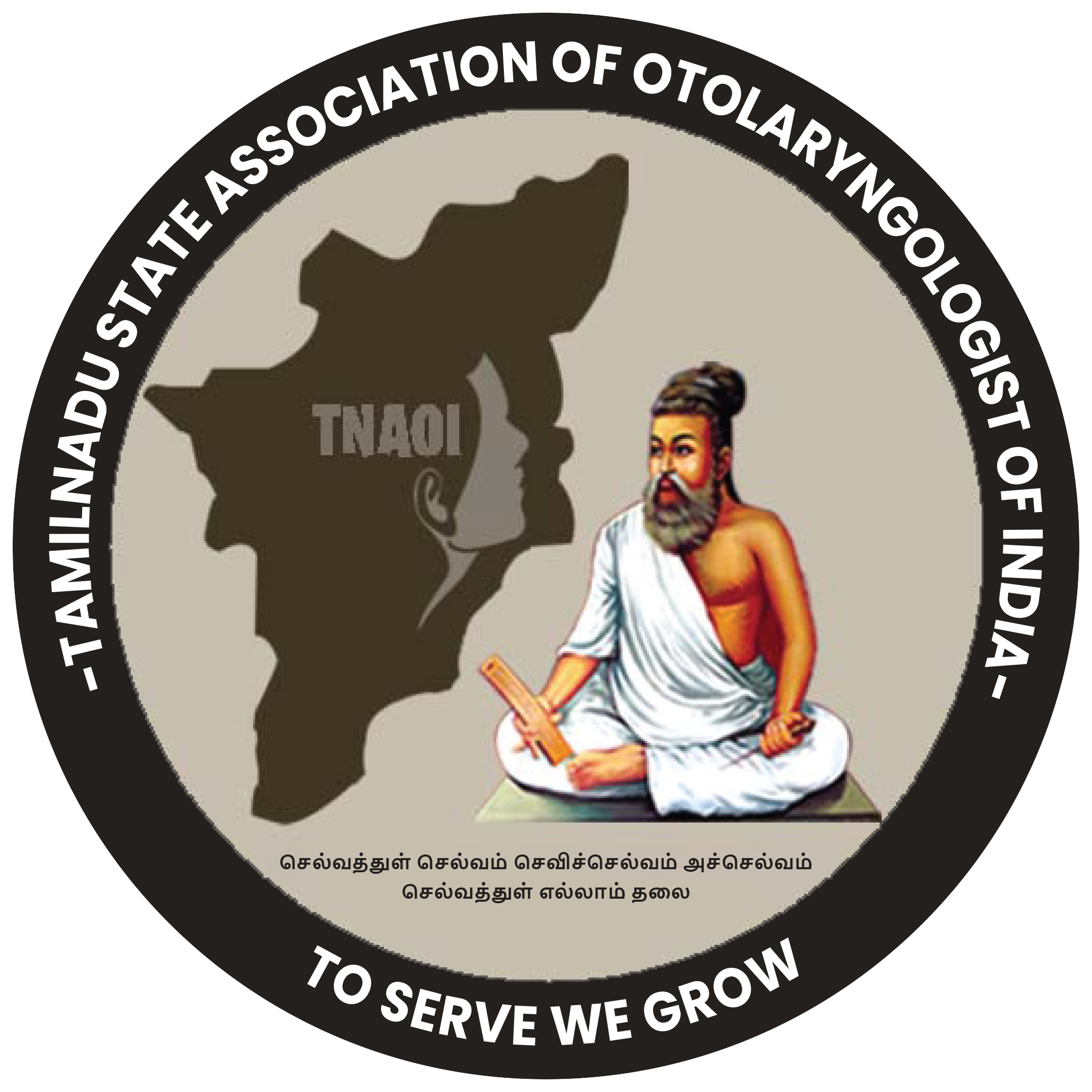Anterior SCC BPPV: Significance and practice using VHIT-diagnosis through a case series of positional vertigo
DOI:
https://doi.org/10.54646/TNAOI.2024.06Keywords:
BPPV, anterior SCC BPPV, VHIT, apogeotrophic PSCC BPPV, yakovinos manoeuvre, bow and lean testsAbstract
Introduction: BPPV is a prevalent cause of vertigo, often misconstrued as a diagnosis even by medical personnel.ENT surgeons are adept at finding out which canal and which side is affected to set their treatment plan. Amongthe three semicircular canals, the anterior SCC BPPV is rare and the ENT surgeons must be sensitised to thisBPPV.
Materials and methods: Here we use the VHIT method to find if there is a correlation between the clinicalmanifestations and findings. We have also used liberatory manoeuvres to find out the usefulness of the samealthough this study is mainly concentrated on the anterior semicircular canal and its alibi.
Results: We have used VHIT to effectively find out the difference and thus help in the diagnosis and management.In our study of about 117 BPPV patients compared to approximately similar numbers, the effectiveness ofVHIT was analysed.
Discussion: The results correlated well with the VHIT being a useful tool for the diagnosis of ASCC BPPV and alsoto carry out liberatory yakovinos manoeuvre successfully.


 | Publication Ethics
| Publication Ethics | Editorial Workflow
| Editorial Workflow | Article Processing Charges
| Article Processing Charges | Allegations of Misconduct
| Allegations of Misconduct | Appeals
| Appeals | Author Guidelines
| Author Guidelines | Editor Guidelines
| Editor Guidelines | Reviewer Guidelines
| Reviewer Guidelines | Peer Review Policy
| Peer Review Policy | Open Access Policy
| Open Access Policy | Plagiarism Policy
| Plagiarism Policy | Copyright
| Copyright | Privacy Policy
| Privacy Policy | Editorial Guidelines
| Editorial Guidelines | Archiving
| Archiving | Revenue Sources
| Revenue Sources